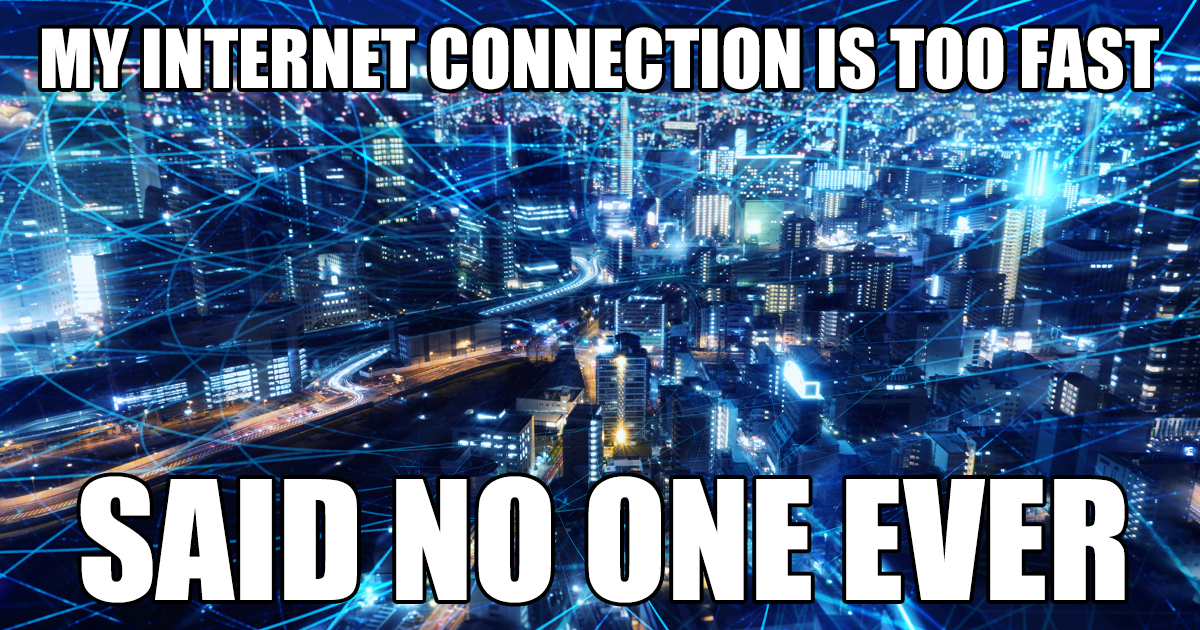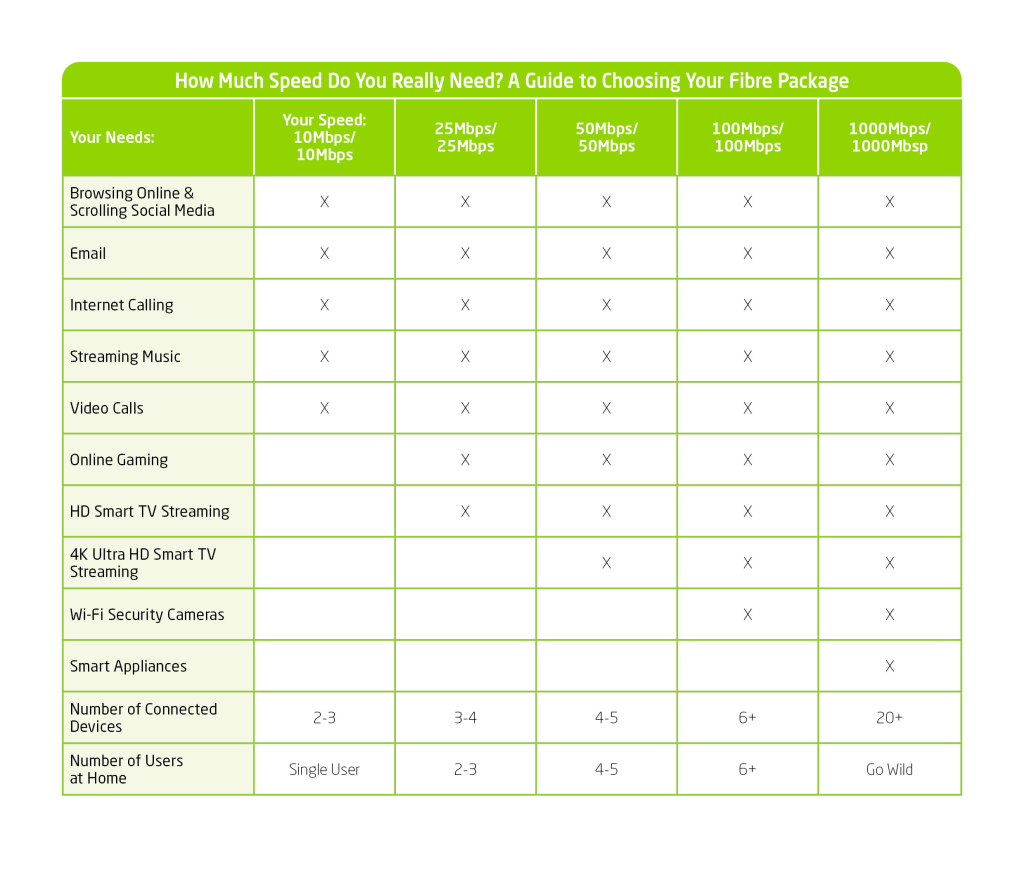Nobody wants to look like a zombie in a bad freeze-frame moment.
So there you are: working from home, and one minute away from joining the most important conference call of the week.
Your outfit, hair and outward demeanour are all on point. You have great input to share when it’s your five minutes in the spotlight.
And then your Internet speed lets you down.
You are hit with the dreaded freeze-frame scenario in which your eyes are closed – but only halfway – giving you the dreaded Undead-Look-of-the-Day.
Never mind the hair and outfit: perhaps it’s time to upgrade your Internet speed.
When Good Internet Goes Bad
Slow internet can have clearly negative effects on people’s lives, including detrimental results on efficiency, communication, and access to information and opportunities. For example, slow internet can:
- Reduce productivity: Slowing down work processes and making it harder to access and share information.
- Have a negative effect on communication: Causing delays and disruptions in online conversations and video calls.
- Limit access to online resources and opportunities: Certain websites and services may not load or function properly.
- Affect your leisure time: Slowing down your streaming and gaming down-time.
From faster file downloads to interruption-free video and music streaming, you don’t have to be an IT expert to appreciate the benefits of high-speed internet service.
How Fast is Fast Enough?
Your internet speed sets the framework for what you can do online, so it needs to be able to support your daily internet usage.
Ranging from less than 1 Mbps (very slow) to 5,000 Mbps (really fast), you can choose an internet plan to suit your needs. We recommend that a good download speed is at least 100 Mbps, while a good upload speed is at least 10 Mbps.
Let’s take a look at understanding the parameters of your internet speed in relation to your devices and usage.
- Number of devices: If you have multiple devices (for example computers, smartphones, smart TVs, gaming consoles, etc.), you’ll want a higher speed to accommodate simultaneous usage without slowdowns.
- Consider your specific needs: For basic web browsing, email and social media, a moderate speed should be fine. However, if you work from home and need to be online on platforms such as Teams, or else you enjoy streaming high-definition videos or participating in online gaming, you’ll benefit from faster speeds.
- Upload versus download speed: Internet speeds are often quoted in terms of both download and upload speeds. The first number is the download speed and the second is the upload speed. If you frequently upload large files (such as videos or photos), prioritise a good upload speed.
- Future proofing: As technology evolves and your own needs change, having a faster connection can prevent the need for upgrades later – so it’s wise to choose a speed that allows for future growth.
The table below shows how you can match your needs to your speeds, and you can check out some of our current offerings here.
How About a Speed Test?
Higher internet speeds results in faster downloads and uploads – so you could notice that your internet searches are bringing up results faster, while your movie and audio downloads take just seconds.
On the flip side, if there are too many devices or users trying to use the internet connection at the same time, you’ll notice a lag, which is known as latency.
To conduct a speed test, you can:
- Go to speedtest.net
- Go to mybroadbandspeedtest
- Download the Nperf App.
For a more accurate speed test:
- Connect a LAN cable directly from the router to your computer or laptop.
- Perform the broadband test from the ONT/CPE to your device.
The bottom line: Why live with a situation in which slow internet causes tasks that should be quick and easy to become time-consuming and difficult?
At Vox, we have multiple solutions for your every speed requirement. We like to call it ‘The Vox Factor’.















